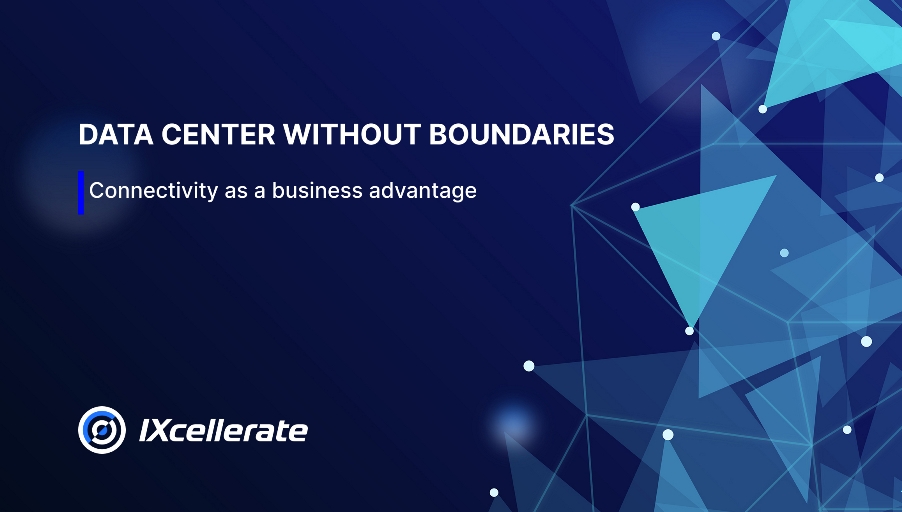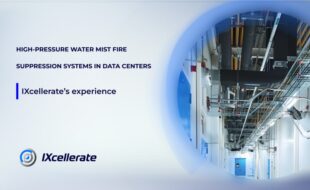
When it comes to data centres, the discussion often focuses on the reliability of engineering and utility systems and ways to improve power usage efficiency or security. But surprisingly little attention is paid to the connectivity of DC facilities.
Some estimates suggest that the numbers of internet users in the world are growing day-on-day at a rate of 268 thousand (approximately the total population of the city of Kostroma), and the amount of the digital data generated and processed grows in lockstep with them. In the current year, 2023, alone, the world has seen 120 zettabytes of data generated, and by late 2025 this figure will be as high as 190.
The total number of internet users will be approaching 5.5 bln. Equally on the increase are the numbers of network connections as well as those of new devices brought online and high-traffic services, not only because of the rising population, but also because of the growth of the Internet of Things (IoT).
Mobile phone penetration in Russia is much higher than the world average – 156.9% against 105% globally (227 million active SIM cards with a population of 145 mln). Ten times more web services are provided to Russian internet users per capita, which is evidence of a rapidly digitizing economy. According to figures from VTsIOM [Russian Public Opinion Research Centre], 74% of Russians go online on a daily basis, with a third of them spending more than four hours online per day.

«Connectivity, data rate and network latency become the main competitive edge for businesses. These factors are growth drivers for the data center industry».
Bogdan Kolodiy, Technical Adviser IXcellerate.
While choosing a data centre, customers consider key parameters that also include connectivity – the accessibility and availability of hosted equipment via the networks of telecommunication service providers. And the larger and the more diverse the data centre’s ecosystem, the more effective data transmission to end users will potentially be. But how should the data centre go about providing as high connectivity as possible to their customers?
- First of all, the DC must be neutral, that is, not affiliated exclusively with any communication services provider. A few years ago, neutral data centres were few and far between, but their numbers are growing year-on-year. “Monogamy” does not benefit DCs – the more affiliates data centres have in their ecosystems, such as carriers, IT service providers, cloud service providers, CDNs and peer-to-peer platforms, the more network functionality it can offer its customers. A data centre’s neutrality gives its customers the freedom to choose partners to launch digital projects and run hybrid infrastructures. This in turn opens for companies of any profile, fintech, gaming, e-commerce etc., unlimited options for digital growth, which are conducive to healthy economic digitalization.
- Second, to ensure connectivity for any online exchange, the data centre must function as a fully fledged infrastructure hub. The architecture of such a hub calls for a multitude of network elements necessary for fast data traffic. These include special server rooms (interface points between telecommunications companies and setup of peer-to-peer connections), integration with traffic exchange platforms, cross-connects for online equipment via both copper and fibre media, as well as independent cable routing and integration into the urban cable infrastructure.
- Third, one must remember the internal connectivity of DC distributed campuses. Standalone facilities are increasingly more often replaced with campuses that integrate a number of data centres based at different locations under the management of a single company. High connectivity in this context is ensured through the use of stable and reliable optical fibre communication lines between all campuses and facilities within them. The service providers available at a given location will then become available to customers at all the other sites.
Thus, growth in the numbers of users and the volumes of data traffic is conducive to business competition in terms of the speed of data delivery to end users. Of key importance in accomplishing these objectives are the DC campus layouts and the ecosystems of services that evolve around them.

«Neutrality of a DC operator has a positive impact on the amount of service providers and users along with the variety of services, which increases the total value of the entire DC ecosystem».
Oleg Ogienko, Business Development Manager Eurasia Peering IX
Having started out as data custodians, data centres turn to become now marketplaces for internet services and digital platforms for customers. This creates synergy, which makes for high scalability and redundancy of infrastructure, business process continuity and execution of any project, however challenging. New services appear, end user satisfaction improves, and data grows in amount. And we come full circle.



